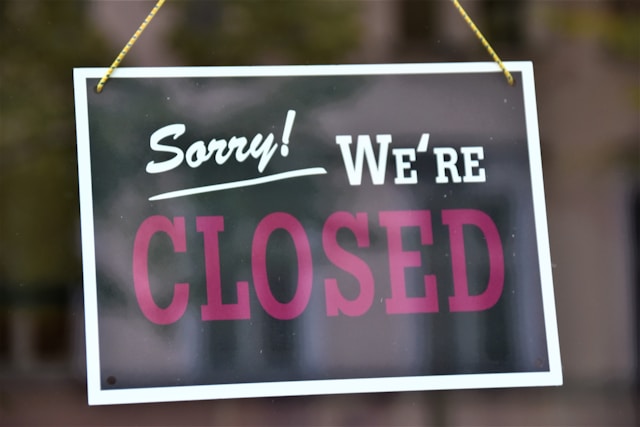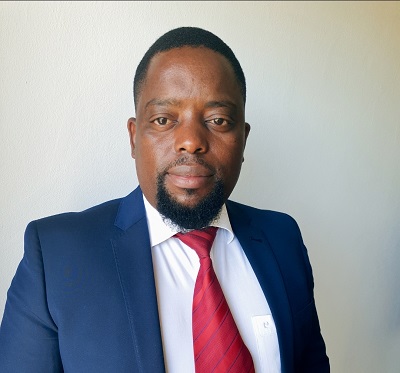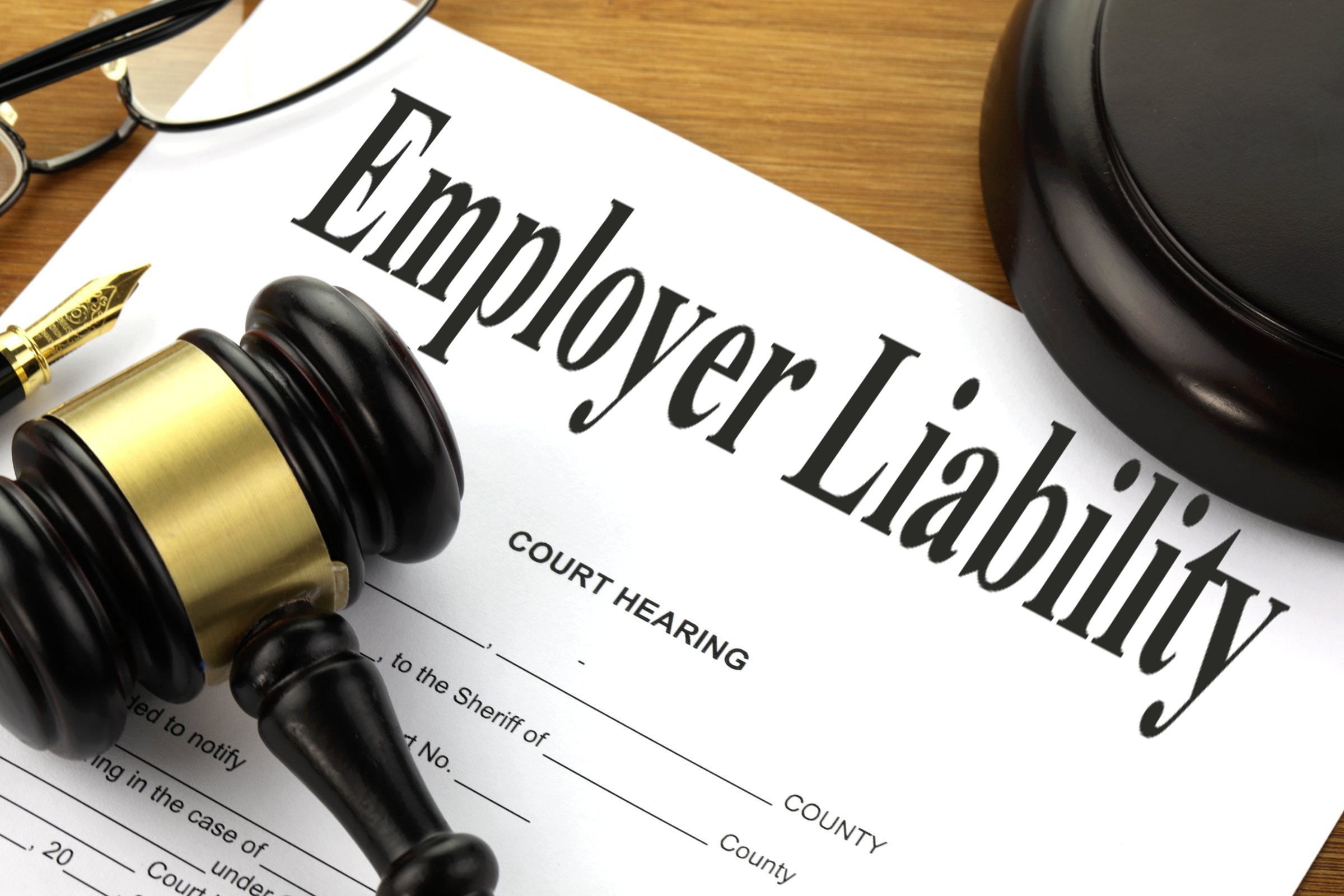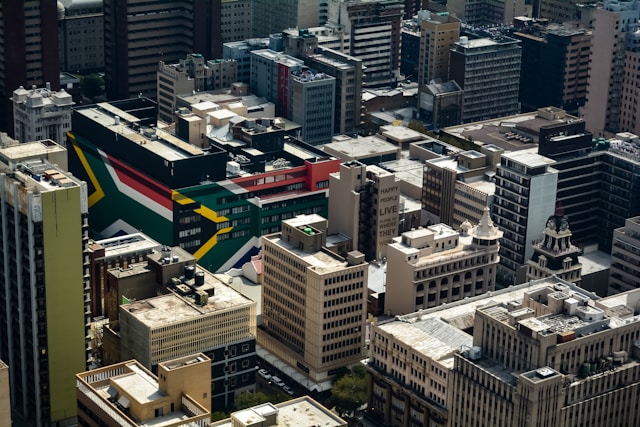Business Interruption Insurance Explained: Lessons from Load Shedding and Strikes
For many South African business owners, risk isn’t just a theoretical concept — it’s a daily reality. From rolling blackouts and service disruptions to labour strikes and public unrest, the external shocks that affect operations can be sudden and severe. Yet, while most companies insure their physical assets, few pay the same attention to business interruption insurance — the safety net that protects income when the unexpected brings business to a standstill.
In recent years, South Africa has learned painful lessons about how fragile continuity can be. Let’s unpack what business interruption insurance is, why it matters, and what the latest crises — from load shedding to strikes — have taught us about managing operational risk.
What Is Business Interruption Insurance?
Business interruption (BI) insurance is designed to cover the loss of income a business suffers after a disaster or insured event. While traditional property insurance covers physical damage — say, repairing a burnt warehouse or replacing stolen stock — BI insurance goes a step further by compensating for the financial losses caused by downtime.
In other words: it helps you pay the bills when you can’t trade.
Typical BI policies cover:
Lost profits or gross income during the period of interruption
Fixed operating expenses, such as rent and salaries
Temporary relocation costs, if you need to move operations
Additional costs incurred to minimise the impact of disruption
The Load Shedding Lesson
Load shedding has become part of the South African business vocabulary — but few realise how devastating it can be from a financial perspective. According to the South African Reserve Bank, ongoing power outages shave off nearly 2 percentage points of GDP growth annually. For small and medium enterprises (SMEs), the cost is personal: lost sales, spoiled stock, damaged equipment, and shrinking cash flow.
Here’s the catch: most business interruption policies don’t automatically cover load shedding. Insurers typically require that the interruption be linked to physical damage caused by an insured peril (such as fire or lightning). Power cuts, being a result of utility failure, are often excluded.
However, some insurers have begun offering special endorsements or extensions that address electricity-related disruptions. These may include cover for damage from power surges, or “utility service interruption” extensions that protect against loss of income when public supply fails for a defined period.
Key takeaway: If your business relies heavily on consistent power — for example, cold storage, IT infrastructure, or manufacturing — speak to your broker about adding specific load shedding or generator-related cover to your policy. Don’t assume you’re protected just because you have standard business insurance.
Strikes, Riots, and Civil Unrest — A Hard Lesson from 2021
The July 2021 unrest in KwaZulu-Natal and Gauteng was a stark reminder that social and political risks can have massive financial consequences. Over $3.4 billion (R60 billion) in damages were reported, with more than 50,000 insured claims filed. Many businesses faced months of downtime — even those whose buildings weren’t physically destroyed but couldn’t reopen due to road closures, supply chain breakdowns, or security concerns.
This event also highlighted the importance of SASRIA — the state-owned insurer that provides cover for special risks such as riots, strikes, and public disorder. Standard insurers exclude these perils, but a SASRIA extension (usually inexpensive) can be added to most commercial policies.
Crucially, SASRIA also offers business interruption cover, meaning it can compensate for lost revenue when your business is forced to close due to insured unrest.
Lesson learned: For SMEs, SASRIA cover is not optional. It’s the difference between temporary inconvenience and total financial collapse. If your policy doesn’t include it, add it today — especially in an economy where protest action and service delivery strikes are frequent.
Common Mistakes SMEs Make with BI Cover
Underinsuring income – Businesses often base cover on last year’s revenue, ignoring inflation, growth, or seasonal fluctuations. Always review sums insured annually.
Too short an indemnity period – Many SMEs choose three months, but full recovery can take six to twelve months. Consider your supply chain, repair times, and client reactivation when deciding.
Ignoring supply chain risk – Even if your premises are fine, can you trade if your main supplier or transport route is disrupted? Some policies allow “contingent business interruption” cover for these scenarios.
Not understanding exclusions – Load shedding, pandemics, and non-damage interruptions may require special extensions. Read the fine print and ask questions before renewal.
How to Strengthen Your Risk Posture
Business interruption insurance works best as part of a broader continuity plan. South African SMEs can take practical steps to reduce both the likelihood and impact of disruptions:
Diversify suppliers and logistics: Avoid dependence on a single route or source.
Invest in backup power: Generators, solar systems, or UPS units reduce downtime.
Digitise records: Cloud-based systems help maintain operations remotely.
Train staff: Build awareness around claims procedures and emergency responses.
Review policies annually: Your risks evolve; your cover should too.
Professional Takeaway
Business interruption insurance is not a luxury — it’s a lifeline. For South African businesses operating in an environment of load shedding, social unrest, and economic uncertainty, this cover bridges the gap between survival and closure.
Yet, insurance alone is not enough. True resilience comes from understanding your operational risks, tailoring your cover to match them, and planning for continuity long before a crisis hits.
As 2021 and ongoing power challenges have shown, it’s not a question of if disruption will strike, but when. The most successful SMEs will be those who treat risk management not as an expense — but as a cornerstone of sustainable business.









